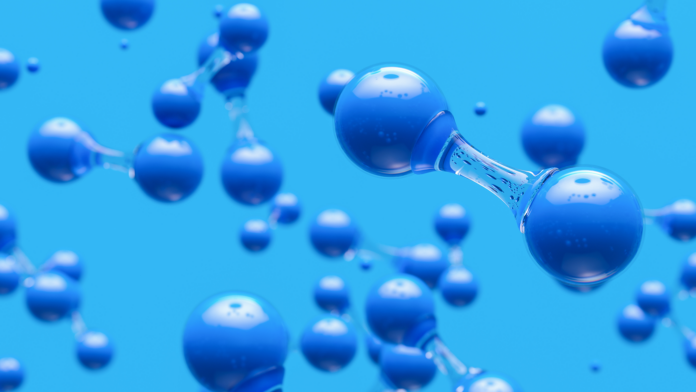Hydrogen fuel cells are getting more durable and inexpensive all the time. They generate a lot of buzz for their potential role in reducing the carbon footprint of transportation because instead of carbon dioxide and other exhaust gases, they produce pure water vapour as waste.
To get there, we need a better way to generate and distribute hydrogen.
Chemist Robin Hamilton may have stumbled upon a way to do just that while helping an undergraduate student with a research project. He mixed together a pair of powders in water and left it overnight, and when he came back to the lab the next morning it was bubbling, signalling a reaction that they hadn’t expected.
“It ends up being that when you mix these two things together, they interact, they work together and hydrogen comes off. It floored us,” said Hamilton, a senior research associate at the University of Alberta, in a press release.
That’s when Hamilton brought the surprise reaction to chemistry professors Jeff Stryker and Jonathan Veinot. Together they learned that this specific combination of powders was a new type of catalyst that overcomes many of the obstacles to hydrogen production.
Presently, 95 percent of hydrogen is produced through a process called natural gas reforming. It involves heating water to nearly 1,000 °C allow it to react with hydrocarbons like methane under high pressure. This hardly qualifies as a green process, as it requires fossil fuels as a main ingredient, takes a lot of energy to run, and produces carbon monoxide and carbon dioxide as waste products.
It dominates the industry because it’s cheap, but for every kilogram of hydrogen, 10 kilograms of carbon dioxide are also produced.
There are cleaner ways to get hydrogen, such as using electricity to split water into hydrogen and oxygen, but it requires a clean water source. It’s also expensive because the hydrogen and oxygen need to be separated to prevent the mixture from exploding.
The new catalyst doesn’t need high temperatures or pressures to work, and it can use any type of water. Not only does it produce hydrogen that can be then be used a fuel cell, it generates so little oxygen during the process that no separation is required. And even if used with dirty water from a source like oil sands waste ponds, it also churns out distilled water that is safe to drink.
Notably, the catalyst is also abundant and non-toxic, making it an affordable alternative to other strategies.
To commercialize the technology, Stryker and Hamilton co-founded spin-off company Dark Matter Materials. They envision devices for off-grid use by remote communities or in disaster relief aid, when access to clean water is an issue.
Being able to produce hydrogen locally and without fossil fuels offers intriguing possibilities for the future of fuel cells.








































